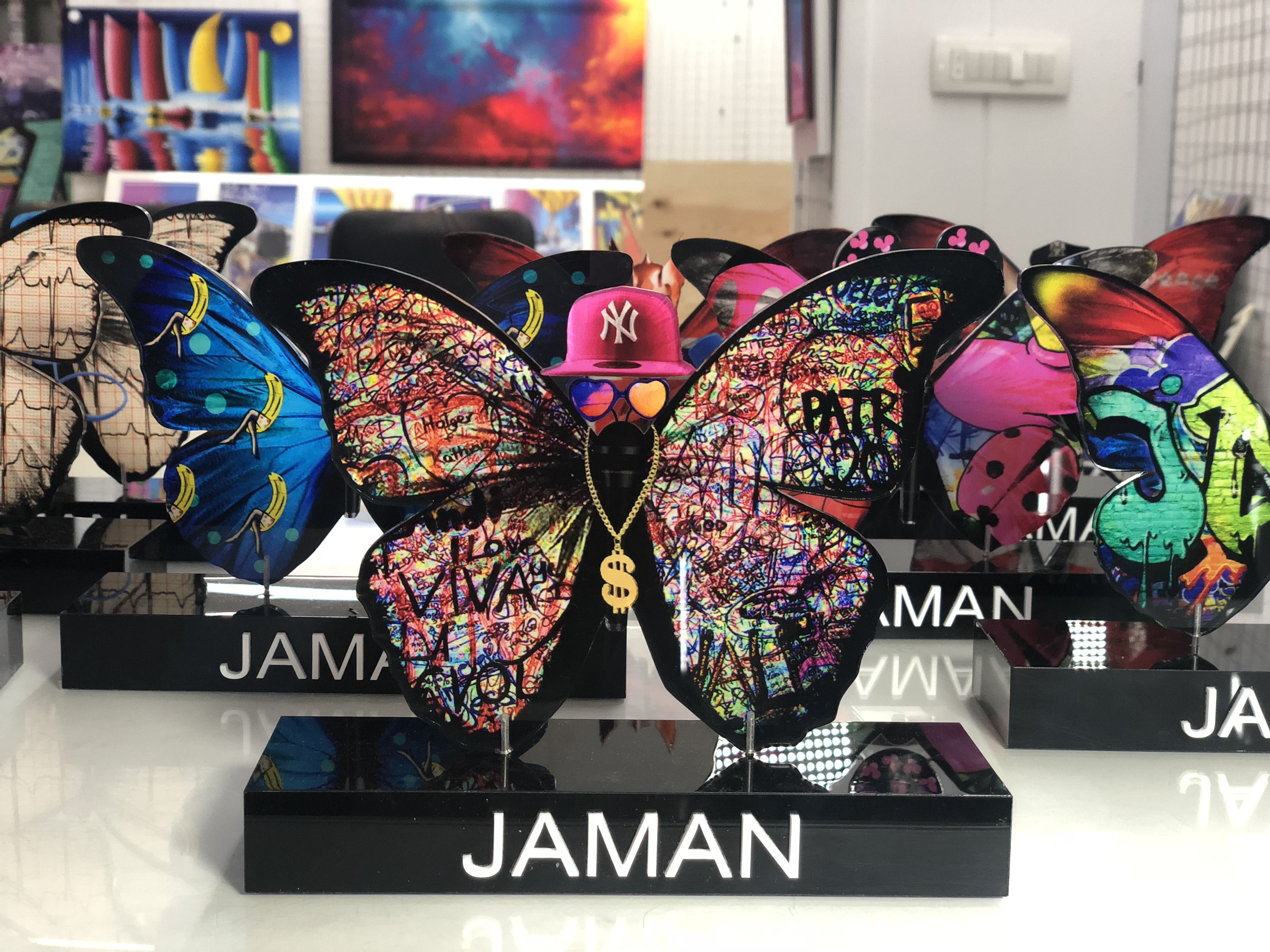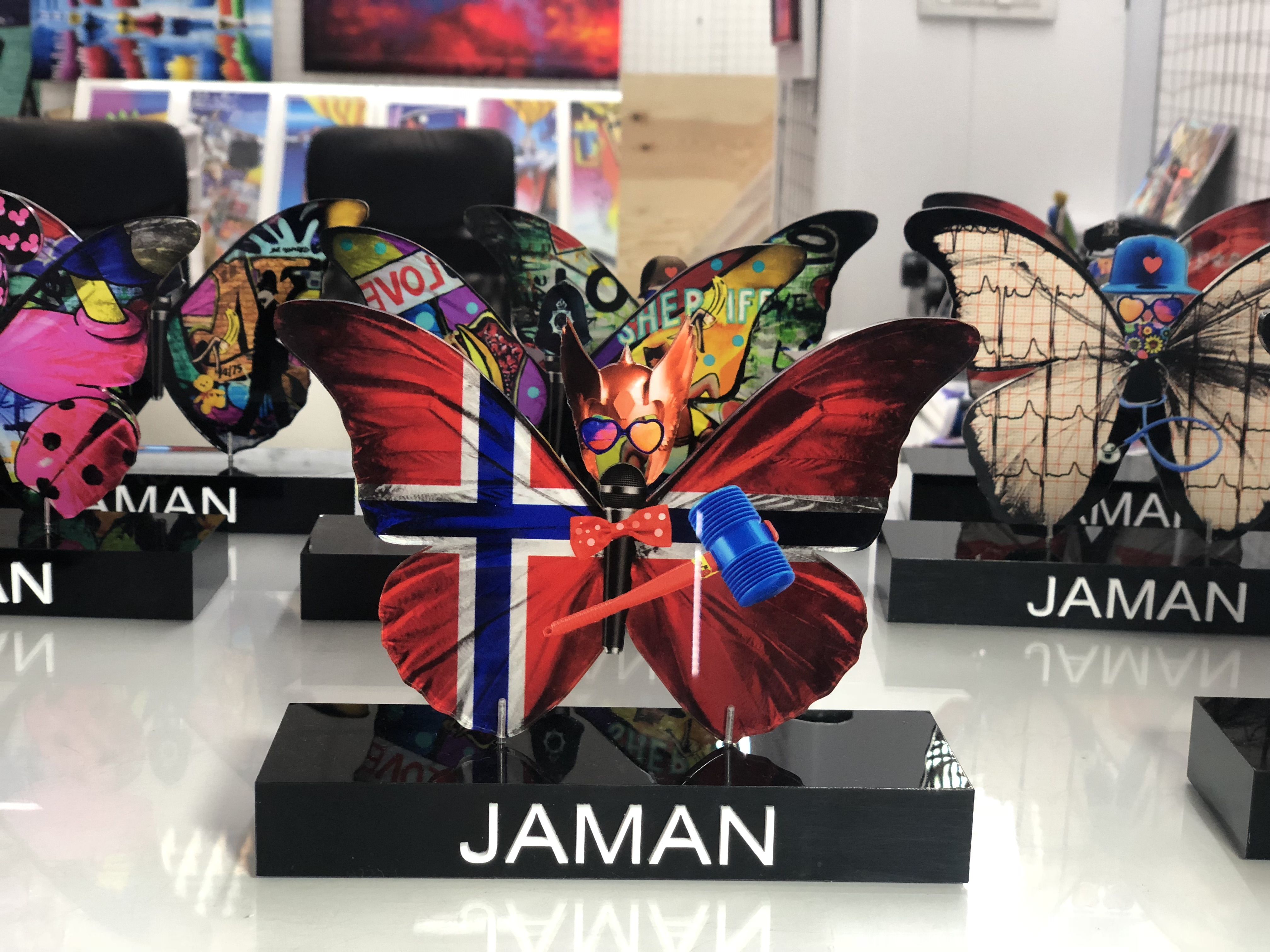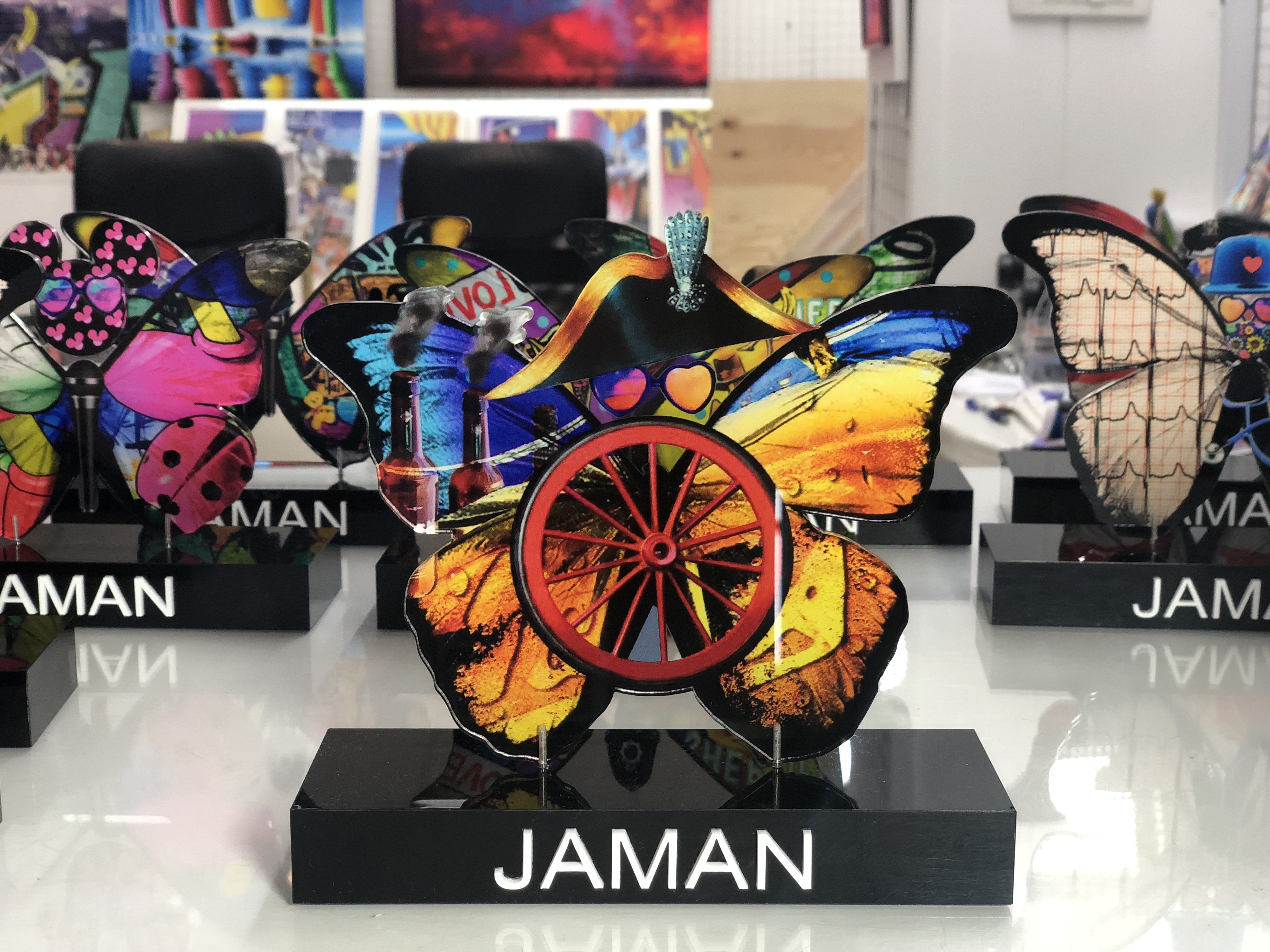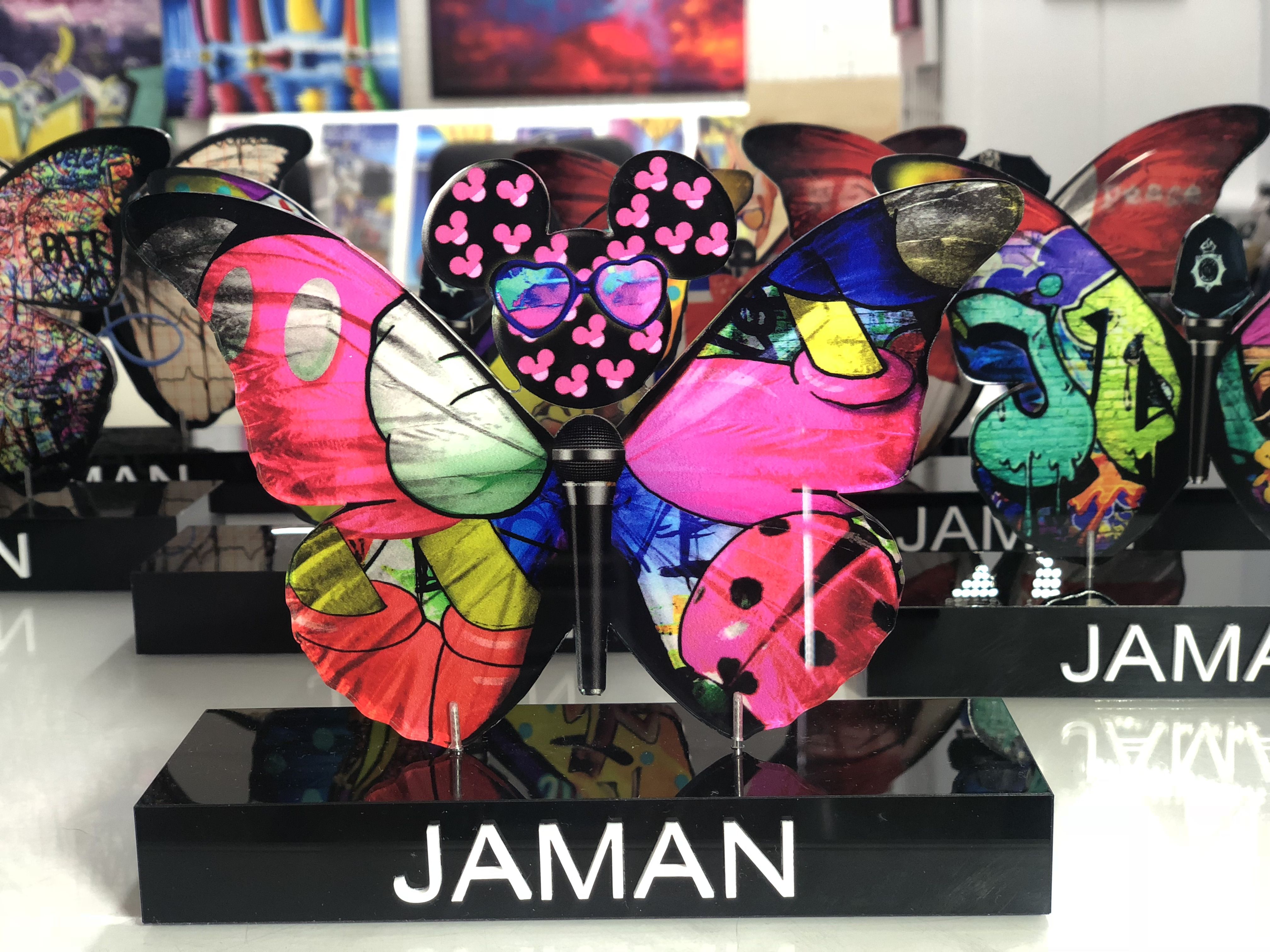Art Gallery Opened in Split Hospital, Named after Architect Who Designed the Building
February 16th, 2022 - The gallery is named after Zoja Dumengjić, the architect who designed the hospital complex in Firule
It’s not every day that you hear about public medical institutions introducing art into their spaces, but the Clinical Hospital Center (KBC) in Firule, Split did just that by establishing a gallery in its central building.
The Zoja Dumengjić Gallery, named after the architect who designed the hospital complex in Firule, was opened at the ground floor of the central building of KBC Split on February 14th. As reported by Vizkultura, this was a joint project of the Croatian Association of Visual Artists Split (HULU Split) and the KBC Split. The initiative originates from the 41st Split Salon, named Not Completely Lost for Each Other and curated by Ivana Meštrov in collaboration with Ana Janevski.
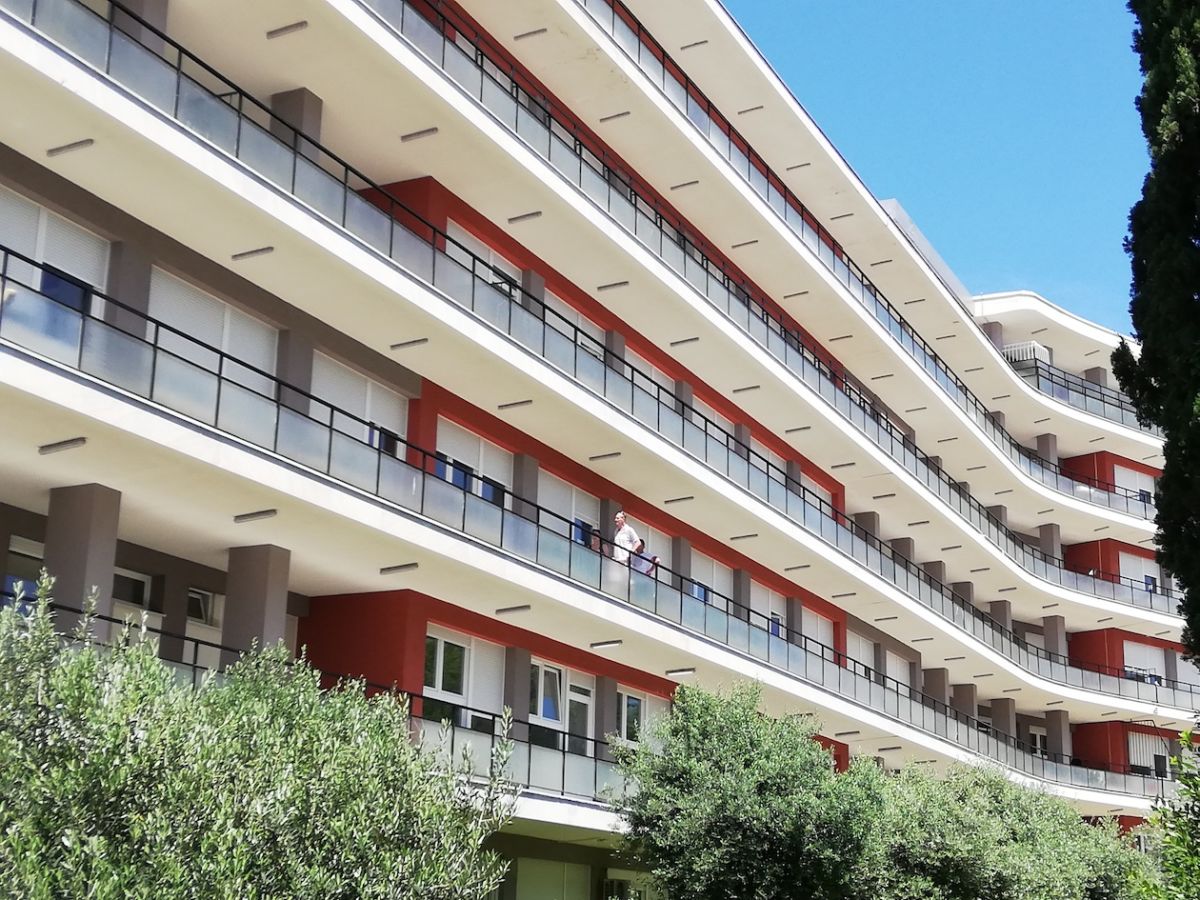 Firule Hospital / Image by Sonja Leboš, UIII Archive
Firule Hospital / Image by Sonja Leboš, UIII Archive
The newly established gallery is introducing itself to the public with its first exhibition, named Retropolis. It’s a project of the Association for Interdisciplinary and Intercultural Research (UIII), presented by visual anthropologist and ethnologist Sonja Leboš and visual artists Stella Leboš and Luana Lojić.
Retropolis is dedicated to Dumengjić, the famous architect and designer of the Firule general hospital in Split that opened in 1951.
‘The gallery will be modular and fluid, without a permanent location within the Clinical Hospital Center, and adaptable to the nature and diversity of media featured in contemporary art. However, the Zoja Dumengjić Gallery project is permanent in terms of its long-term intention. Such positive collaborations are truly rare, even in international terms, and make us especially happy as artists’, explained President of HULU Split Vice Tomasović.
Zoja Dumengjić (1904-2000) worked as a designer at the Institute of Hygiene and the School of Public Health in the 1930s, where she specialised in healthcare facilities and was largely inspired by those designed by the renowned Finnish architect Alvar Aalto.
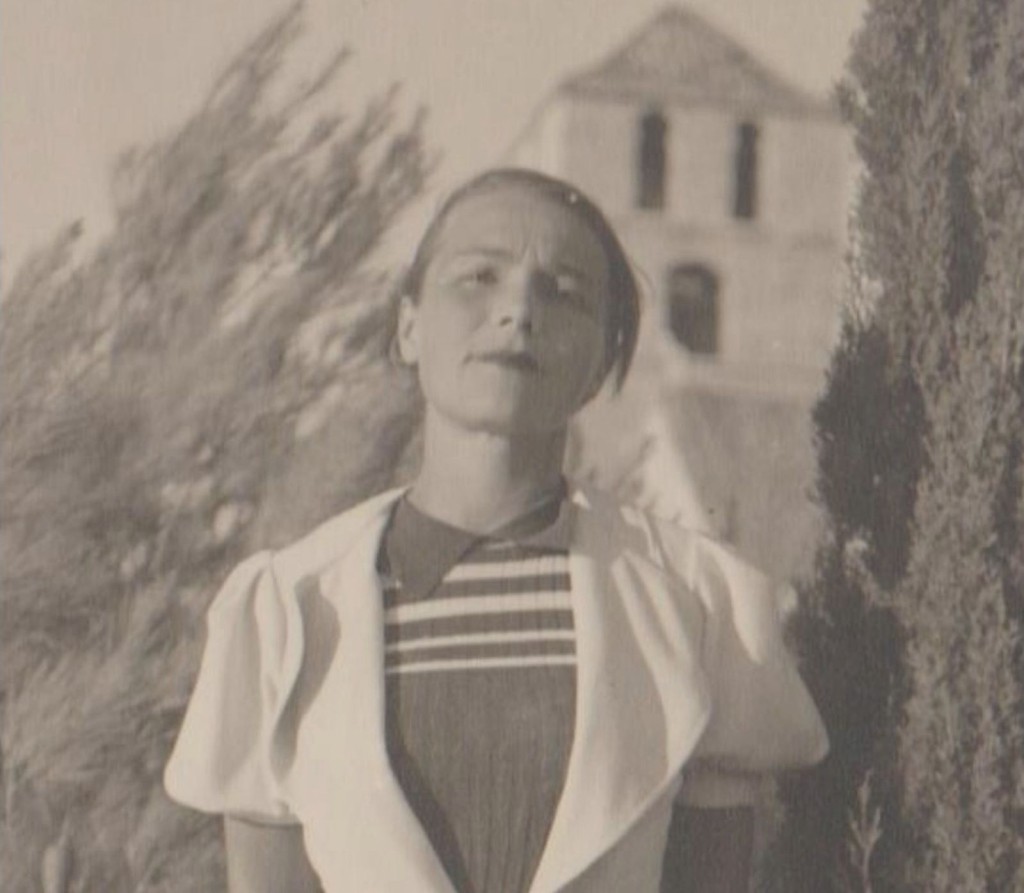 Zoja Dumengjić / Archives of Zoja and Selimir Dumengjić
Zoja Dumengjić / Archives of Zoja and Selimir Dumengjić
Dumengjić's work wasn’t entirely unrecognised during her long and prolific career: she won the Viktor Kovačić Lifetime Achievement Award in 1979, and received the Charter of the Split General Hospital in 1984 for her outstanding contribution to the development of the Firule hospital.
Directly inspired by the work of Zoja Dumengjić, the artworks that were displayed at the 41st Split Salon point to the importance of universally accessible architectural design for health. This principle is engrained in the very idea that led to the gallery being established in KBC Split in the first place.
‘I believe that the Zoja Dumengjić Gallery, in cooperation with HULU Split, will operate creatively and achieve long-term success within the KBC; that it will continuously strengthen Zoja Dumengjić's vision of architecture and visual arts in the service of health, but also make our patients and healthcare staff more familiar with the life and work of the architect who designed the Split hospital. I am especially glad that the gallery’s opening on the eve of the KBC Split Day which marks the merging of Firule, Križine and Toplice facilities into a joint institution’, said Dr. Julije Meštrović, director of KBC Split.
Galleries in Croatia - Butterfly Cycle by Danijel Jaman
Meet the Butterfly Cycle by Danijel Jaman.
There are many galleries in Croatia just waiting to be discovered.
I remember, it happened a few years ago. I walked through the narrow stone streets of my beautiful Dalmatian City of Split when I noticed a lively, spacious place. It immediately attracted my attention.
I had no choice but to go in and ask what all this was about. I was told that this is the art gallery of the well-known artist Danijel Jaman. Since the moment I set foot in the gallery until this day, I remained fascinated by every detail of his work – and now, years later, I finally got to meet him personally.
All TCN readers already had a chance to meet the artist through an interview that you can read by clicking here. Since this interview, Danijel Jaman has realised some new artistic ideas which I find very interesting, so this was the perfect opportunity to find out everything about his latest work: ''Butterflies Cycle''.
The "Butterflies Cycle” represents a true optical sensation. It was inspired by his previous painting called ''I <3 U 2''. This painting was created exclusively for the oldest brewery in Norway - ''AASS''. He visited ''AASS'' once and familiarised himself with the entire beer production process.
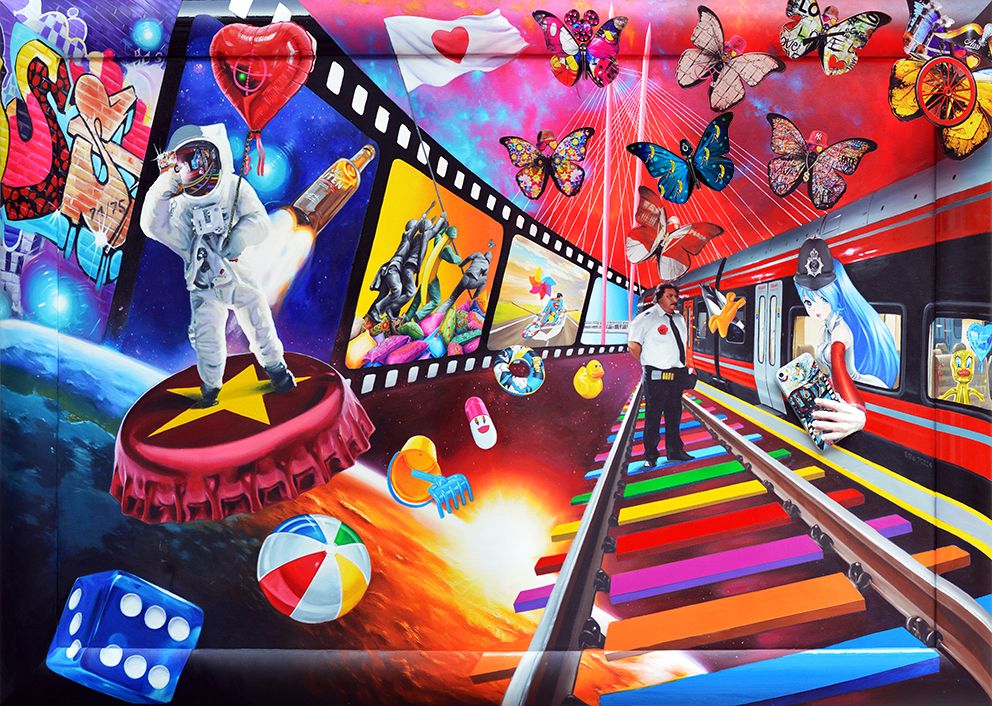
Danijel claims that this painting was very important for his artistic work because it was the inspiration for the creation of several other paintings, including "Charlie" and "Bang Bang". The ''Bang Bang'' piece has butterfly installations with LED lights attached to the back of each butterfly in such a fashion that they reflect upon the painted surface emphasising the colours. ''Bang Bang'' and ''I<3 U 2'' were the inspiration for the ''Butterflies Cycle''.

The artist claims that butterflies are powerful symbols for transmitting messages and ideas so to convey these messages he has created 13 different butterfly sculptures, each of them incredible and colourful. Most of the butterflies are portrayed with a microphone between the wings – so that you can hear the artist’s messages loud and clear. Also, every butterfly sculpture has a cap, hat or other headgear as a symbol of pop art and popular culture.
All the sculptures are made of Plexiglas and they include the stand with the artist’s signature. There are few phases in the production of these unique sculptures: first, the artist makes the design and drawings after which the companies from Split and Zagreb realise his ideas.
1) Love Butterfly - Danijel Jaman
This playful butterfly sculpture represents the contrast between love and anger, peace and war. Peace and love are represented through love inscriptions and symbols on the butterfly’s wings while the smoking gun in the middle stands as a representation of anger and war. The contrast between these emotions deepens even further once you notice that the soldier, otherwise tough character, has heart-shaped glasses as a symbol of love. This butterfly also has on the popular NYC cap which again represents popular culture.
2) No. 5 Butterfly by Danijela Jaman
This sculpture is inspired by the famous Van Gogh’s piece called “Starry Night” but it represents a pop-art take on this imagery. Instead of the stars, there are turquoise dots and yellow bananas instead of the moon. A banana is the artist’s signature and it’s present on almost every painting as a symbol of humor, irony, and sarcasm.
3) ECG Butterfly by Danijela Jaman
The butterfly has a colourful cap with a heart motif, heart-shaped glasses and a face mask (like the ones doctors use) with the heart-love motif. On its wings, you can notice the ECG graph – the rhythm of the heart. The symbolism here is deeply rooted in the idea that everything revolves around love (the heart) - physically and emotionally. The artist also wanted to show something as serious as an ECG in a playful way. This butterfly sculpture was designed in pink and blue colour.
4) Hibiscus Butterfly by Danijel Jaman
This butterfly is inspired by the important painting called "BubbleGum Girl" which we’ve mentioned earlier. The hibiscus flower appears as an important part of the painting and here, within the butterfly sculpture, it has an even greater significance. The hibiscus motif is intertwined here with several symbols of pop culture: the banana again as a symbol of humour, irony, and sarcasm; the British military cap as another powerful and remarkable symbol of pop art and culture; deep turquoise manga eyes which represent the reflection of our souls.
5) Banana Butterfly by Danijel Jaman
This sculpture is specifically devoted to bananas – the artist’s famous signature and a symbol of humour. He presents two bananas from two paintings: one from the famous "NY" painting where the banana is dressed as a sheriff and another one from the "Revolution" painting – where it is holding a love banner. The paintings, as well as a butterfly sculpture, are representations of a modern lifestyle – of which the business and consumerism are a large part. By placing bananas in this context, the artist wanted to show the sarcastic and ridiculous side of modern lifestyle.
6) Bubblegum Girl Butterfly by Danijel Jaman
Bubblegum Girl Butterfly is inspired by the painting "Bubblegum Girl". Both the sculpture and the painting show a strong contrast between the good and the bad. Good is represented by a sweet girl with blonde hair who blows soap bubbles from a toy while bad is shown in a character of a girl with messy, colourful hair who is blowing bubblegum bubbles.
7) Graffiti Butterfly by Danijel Jaman
Graffiti Butterfly is inspired by his famous painting “Graffiti”. The interesting image portrayed here is that of a British police officer who is carrying a gift behind his back while at the same time kicking a teddy bear with his foot. The metaphor hiding here is that things are not always what they appear at first sight and yet again the artist is stressing the contrast between good and bad in life. Graffiti sculpture also represents a contrast between graffiti artists as representatives of urban art and stencil artist as a different stream of graffiti art. There is an inscription on this sculpture ''be inspired'' which is also part of Danijel Jaman brand logo.
8) Pope Butterfly by Danijel Jaman
This sculpture shows a strong contrast between war and peace with elements of humor, sarcasm, and irony. Peace is represented by the character of the pope, but instead of the papal cap, there is a NY police officer's cap - a humouristic symbol of popular culture. On the left side of the butterfly wing, there is a recognisable bar code tag – reminding us of the fact that it is so easy to find a reason for war today, as easy as scanning products in the store. On the right wing of the butterfly, as a contrast to the ''war'' inscription on the left side, there is the ''peace'' inscription.
9) Rap Butterfly by Danijel Jaman
The Rap Butterfly appears tough at first sight – with his gang-style necklace and a hat (which are symbols of pop art and culture), but there is something very soft and touching about him as well. The graffiti on his wings are actual love messages people leave on the wall of Romeo and Juliette’s house in Verona. The insight into his soul reveals a romanticist represented by this eternal Shakespeare's piece. Simply put, in this butterfly we see a tough, gangster-style guy with romantic soul.
10) Thor Butterfly
The butterfly is the representation of the Norwegian god Thor shown in a humoristic way. Thor is the mythological god of storm and light and has always been presented as a great and powerful man. But the artist has created the character in a more humorous manner as a way of saying to every one of us that we should be more like children - enjoy life and stay forever playful instead of being constantly immersed in the rush and business of modern life.
11) Napoleon Butterfly
The sculpture is inspired by one character that is often featuring in Jaman’s paintings – the Admiral. He is an important part of several paintings – two of the distinctive ones being Candy Queen and Il Mondo. In both paintings the Admiral is portrayed in his underwear on top of the globe to remind us to be modest in life, otherwise, our ambition could be the end of us.
12) Mickey Butterfly
Mickey is another powerful and remarkable symbol of popular art and culture. The artist has created the figure of popular Mickey in a completely different way - in his own style: the original was deconstructed to make parts for the unique collage the artist had in mind. The result is an extraordinary visual balance of this vibrant and eye-catching sculpture.
13) Smile Butterfly
The Smiley Butterfly is yet another piece in which the artist is dealing with the sharp contrast between love and war. The butterfly has a soldier’s helmet which instantly evokes thoughts of war and hatred. Nevertheless, the butterfly also conveys the message of love with hearts and smileys on its wings – so the idea of optimism is something that the artist wants to imprint onto the mind of everyone who is observing his art.
Danijel Jaman's work is full of symbolism and humour conveyed through his truly unique style - the main feature of which is the use of very vivid colours. The artist states that colours for him have deep meaning so he uses them to provoke all sorts of different feelings in the observer. With advancement in modern science, especially in colour theory, we have plenty of scientific evidence to support this claim.

Colours affect us, and they cause a very special reaction within us.
Another thing that intrigued me was the "Paradise" subway sign at the very entrance to the Jaman Art Center. The Paradise sign is there so that people could connect with the artwork inside with the Candy Queen painting which features the sign.

The art here is very much alive. It is three-dimensional (with a lot of real-life elements popping out from the canvas) and it has the tendency to go beyond the frames and into the space of the gallery in a form of 3D objects or sculptures.
Keep up with our lifestyle section if you're interested in getting to know what's going on up and down the country, from art to culture, to history and heritage.










